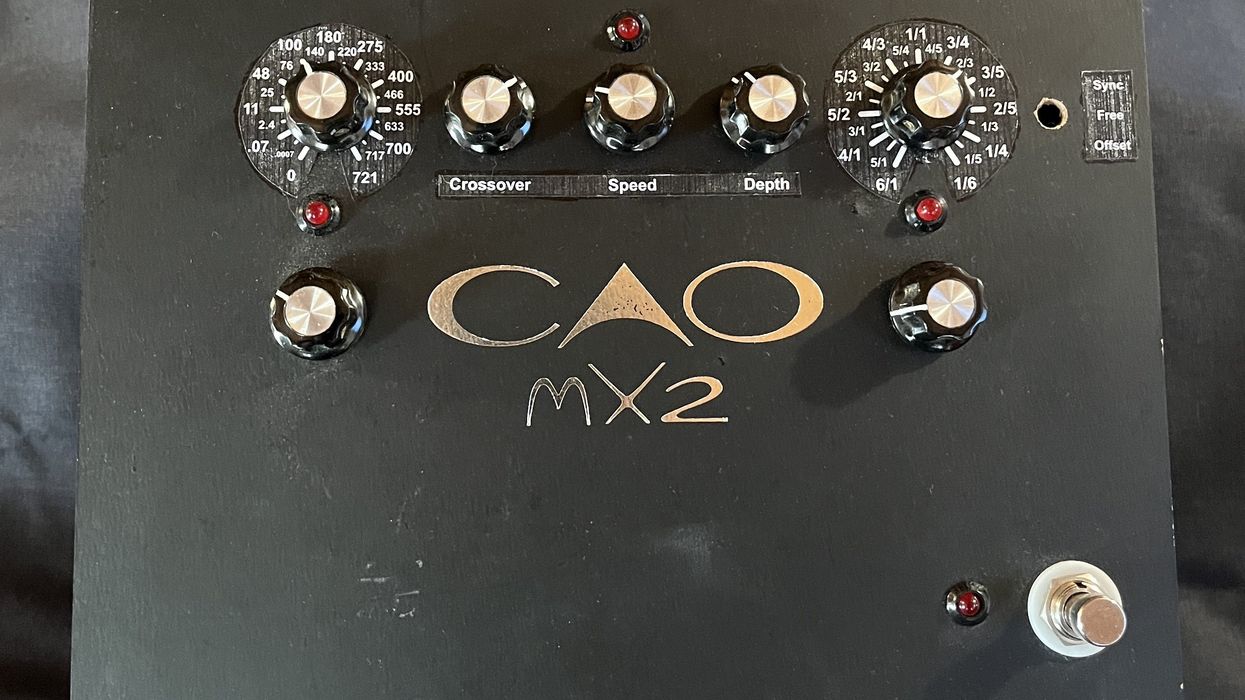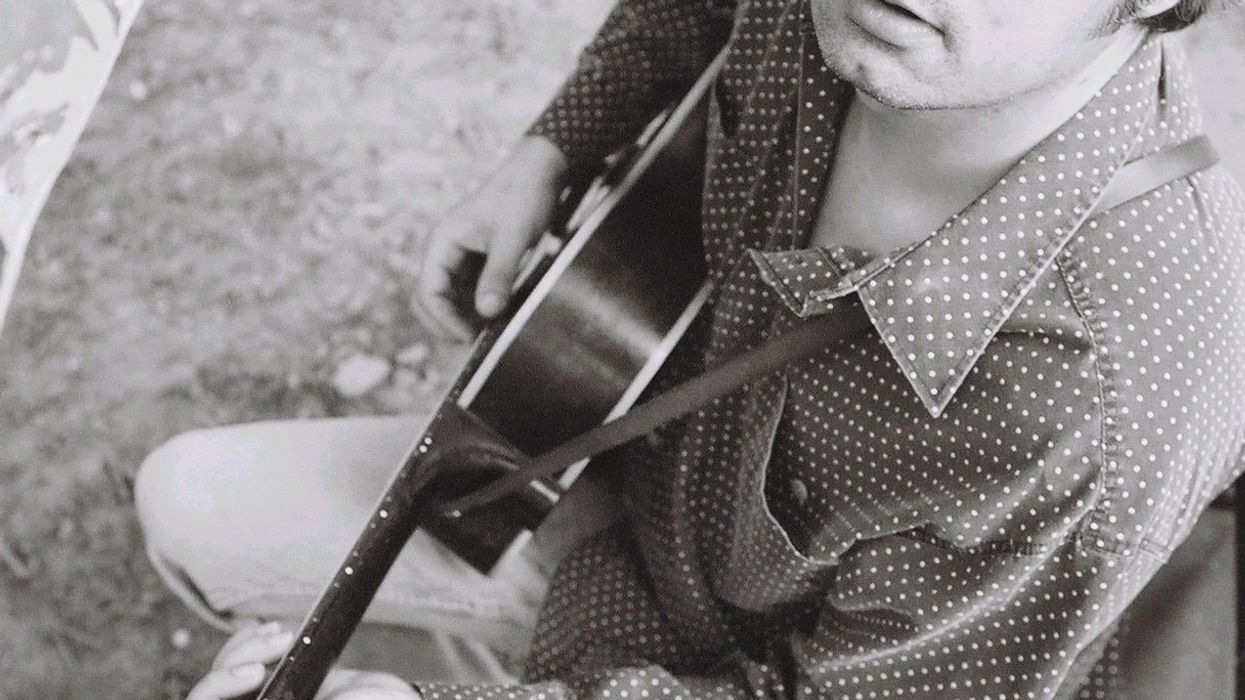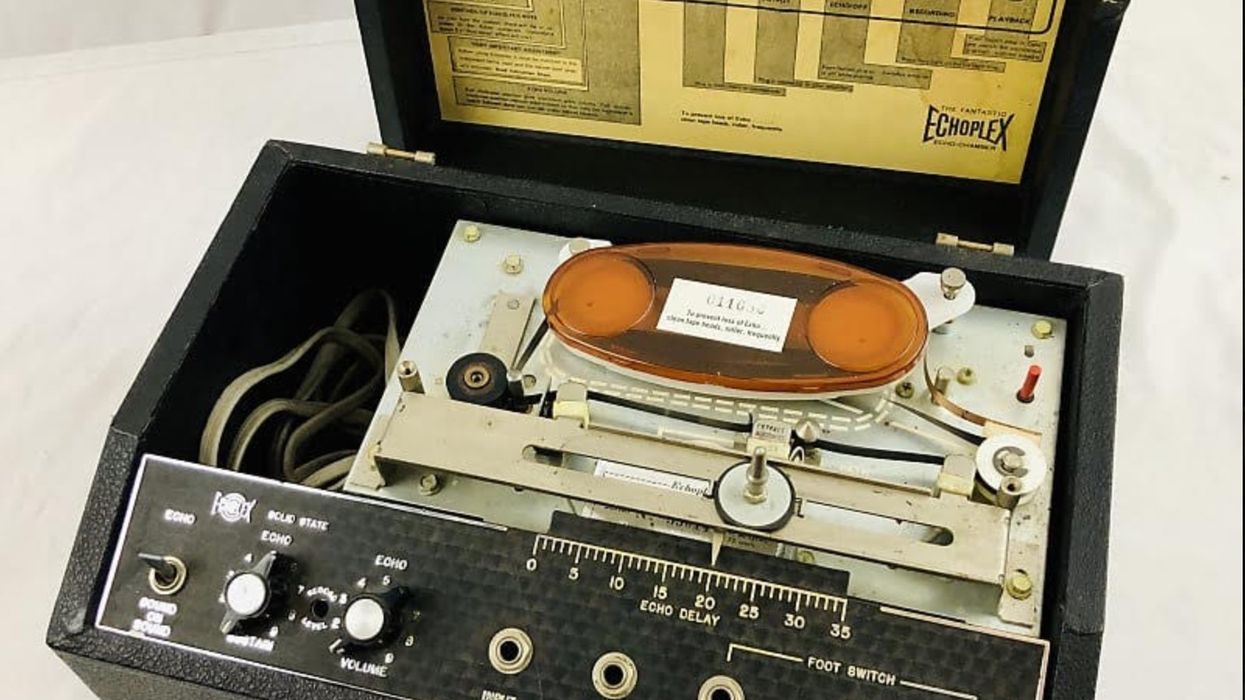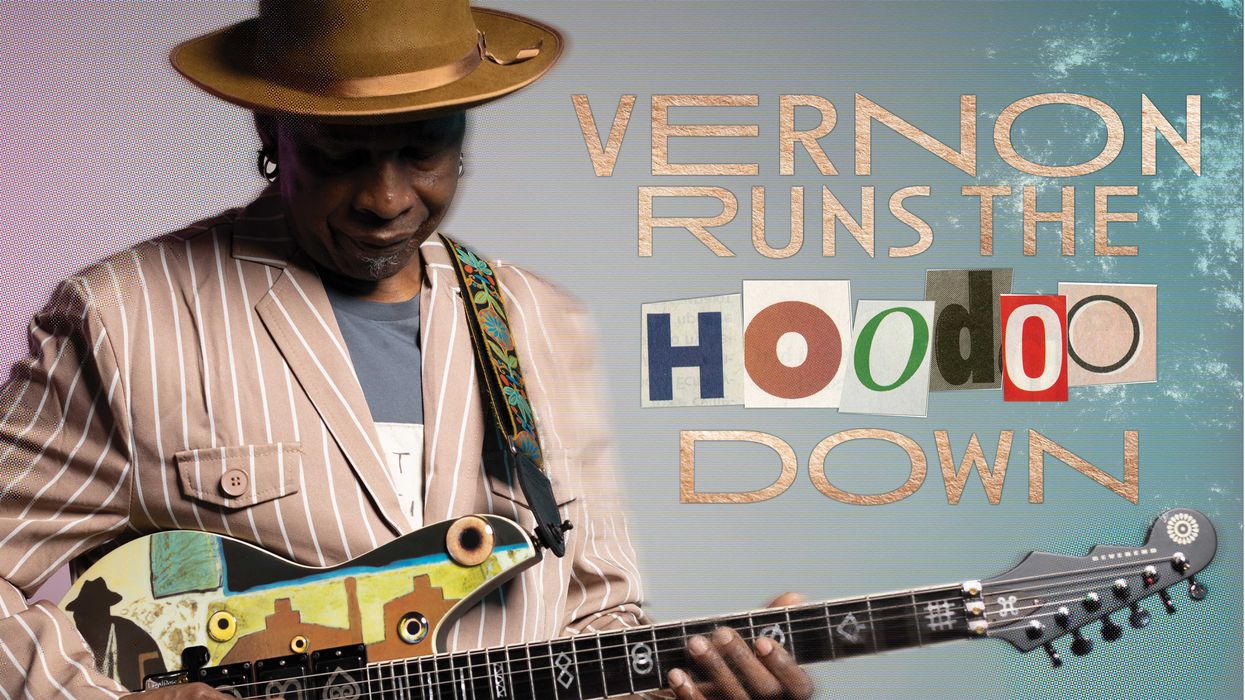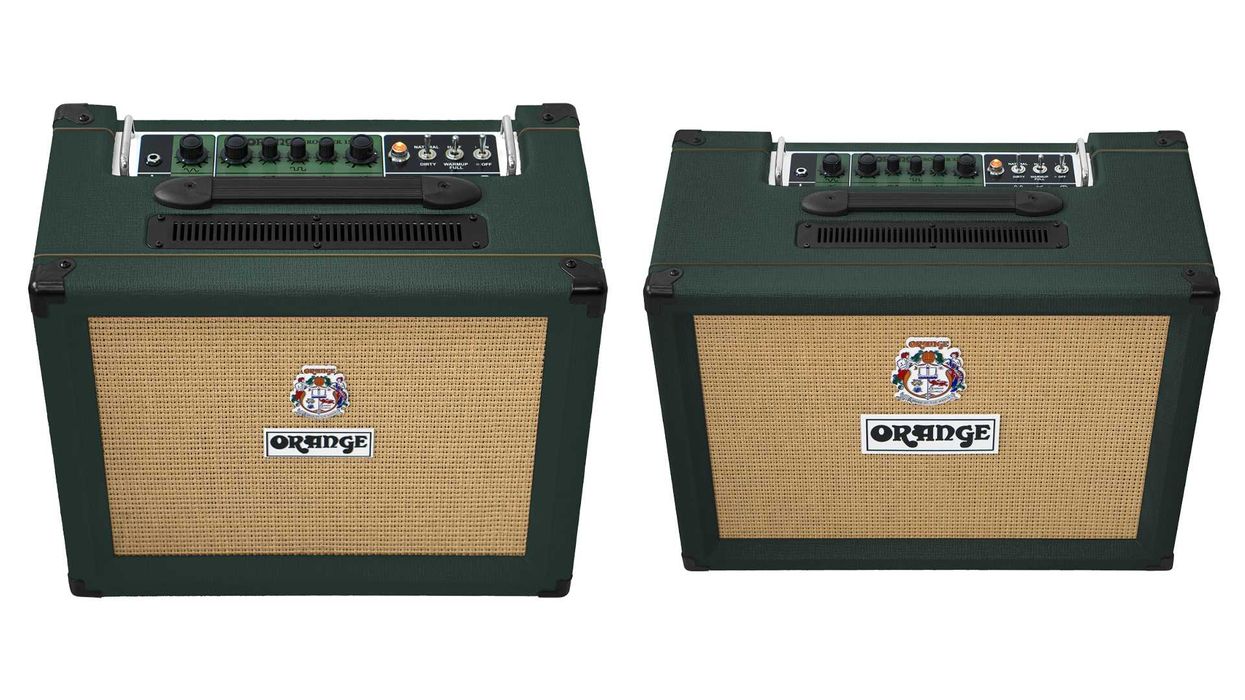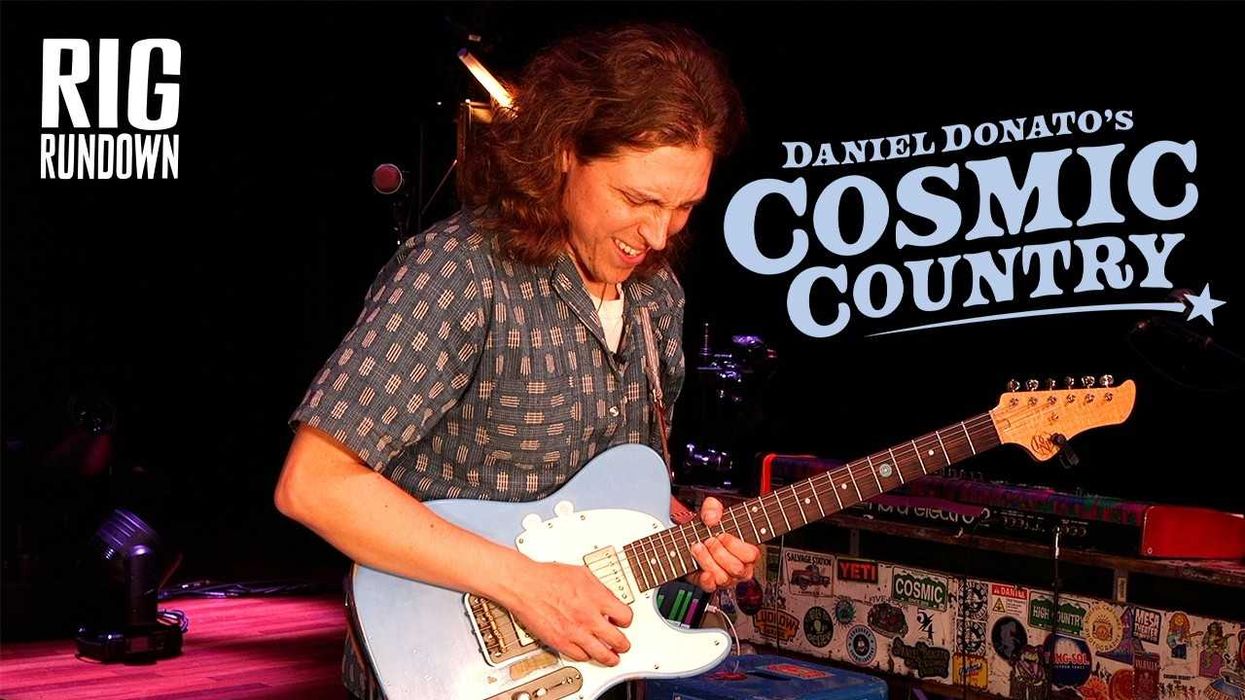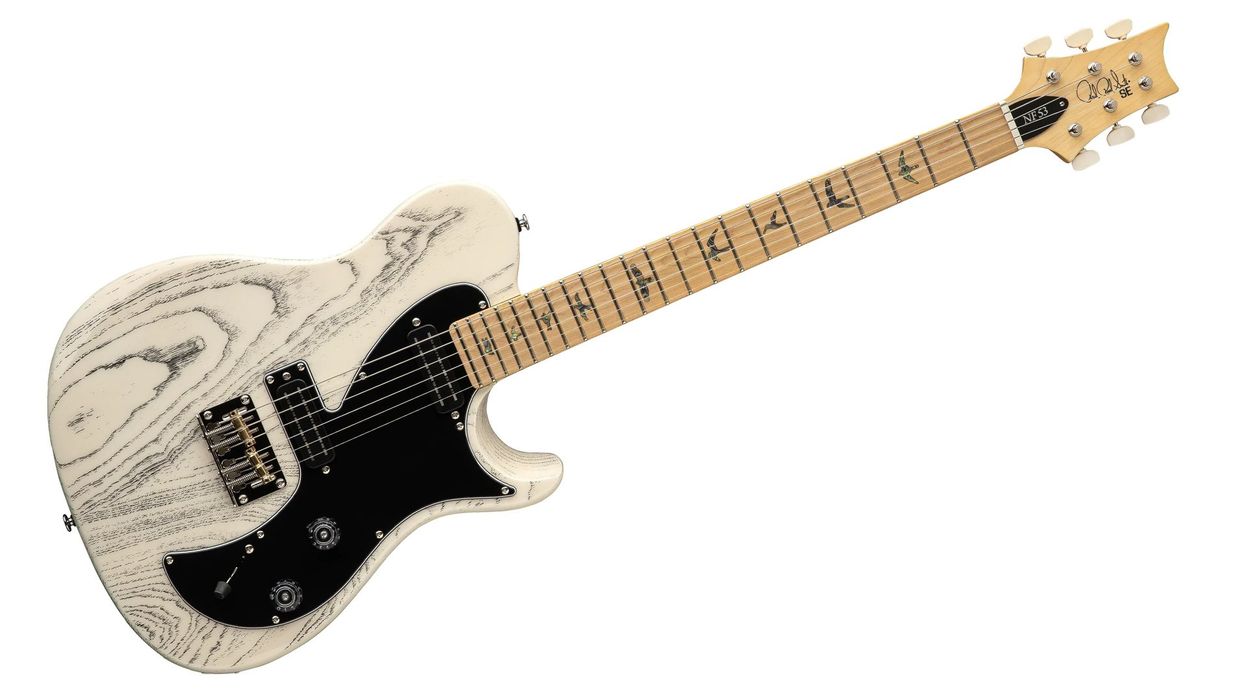Tremolo is my favorite effect to modulate a guitar’s sound (and I love vibrato, too). I love it so much that it’s part of the moniker of the production team I had with the late Ducky Carlisle—the Tremolo Twins—as well as our Trem-Tone Records label. You might recognize Ducky from his many engineering credits, including Buddy Guy, or our work together on albums like Stax veteran Eddie Floyd’s heralded Eddie Loves You So, from 2008.
For me, the golden period of tremolo was the early 1960s. The brown-panel Fender amps of that period have astounding harmonic tremolo, as do the Gibson amps from that period. I have a 1963 Gibson GA-5T Skylark that has a tremendous tremolo circuit. I used that amp for all the guitar parts I cut on my new album, The Night’s Last Dance, as well as all the records I’ve worked on over the last four years, either as producer or player. My favorite, though, is the 1963 2x10 Fender Super—also a brown-panel amp. It can be so soupy that, if multi-tracked, it can almost induce seasickness.
But there are so many choices and classic sounds. The Magnatone and Lonnie Mack jump to mind, or the use of a Leslie cabinet for guitar, which is another sound I love as both player and producer. Two of the most distinct and famous uses of tremolo, to my ears, are Link Wray’s “Rumble” and Reggie Young’s arpeggiating opening chord on “The Dark End of the Street” by James Carr. There is a shimmery quality to big chords drenched in a slow tremolo, especially if the part is doubled. From a production standpoint, it adds depth to a track, even if it’s mixed way in the back.
Let’s talk about doubling a tremolo part. Once in a while you can get lucky and have the amp cycle the wave at just the right time as you hit the record button. But most often not. Usually this is not a big deal and adds to the depth of the bed part being recorded. Sometimes, though, it has to be a tight double. That’s when I’ve spent much time guessing at the cycling and trying to hit it just right. It’s a blast when you do.
One of my favorite experiments with tremolo was setting up two amps—a brown-panel Fender Vibroverb and a brown-panel Fender Concert—in a V-shape. The amps were set to the same volume and approximately the same tone settings. Using a stereo mic in the middle of the V, we recorded it to one track. We had to keep tweaking the individual tremolo settings in an effort to not have them cancel each other out. But what a huge, lush sound!
“There is a shimmery quality to big chords drenched in slow tremolo, especially if the part is doubled.”
There are many tremolo pedals and recording plugins these days, and they’re all good, but nothing quite captures the sound of an internal tremolo circuit. You can avoid chasing their cycles, too, if a pedal has a tap-tempo function. But what fun is that?
The one tremolo pedal, for me, that comes the closest to an in-amp circuit is the now-vintage Dunlop TS-1. Thirty years ago, I needed a tremolo pedal for my road amp—at the time, a 1994 Fender tweed Blues DeVille. I found Dunlop’s big, honking purple metal box with “tremolo” written across the front in wavy yellow letters. You can get wide, sweeping tremolo or set it to a hard, choppy setting where the volume completely disappears. I’ve used both applications effectively. The hard trem is great for the last chord of a song, especially live, hitting like a boxer sparring with a weighted, hanging bag—especially if you’re diving into a psychedelic ending. And, of course, mixing in other modulation effects, such as flanging or phasing, adds another twist.
I found the most unique tremolo/vibrato/sound-altering modulation box I have at Quattro Music Company in Thomas, West Virginia. It’s not a pedal per se; it’s circuitry housed in a cigar box with so many knobs and switches and variations that I still have not exhausted all the possibilities. It’s a one-off. I was told it was the only tremolo box the inventor made. Combining it with a front-end boost and diming an amp produces otherworldly sounds. I’ve used it on a couple of recordings: “Never, No More (A Reckoning)” by Keith Sykes and me, and “Time Machine” by the Dinallos (where we were joined by Nashville’s famed singing siblings, the McCrary Sisters). With the latter, it’s most obvious as a tremolo device, and on the former it’s as a sound-altering gizmo that enhances the guitar leads.
Of all the toys in the arsenal that guitarists have, I’ve gotta say, long live tremolo!
